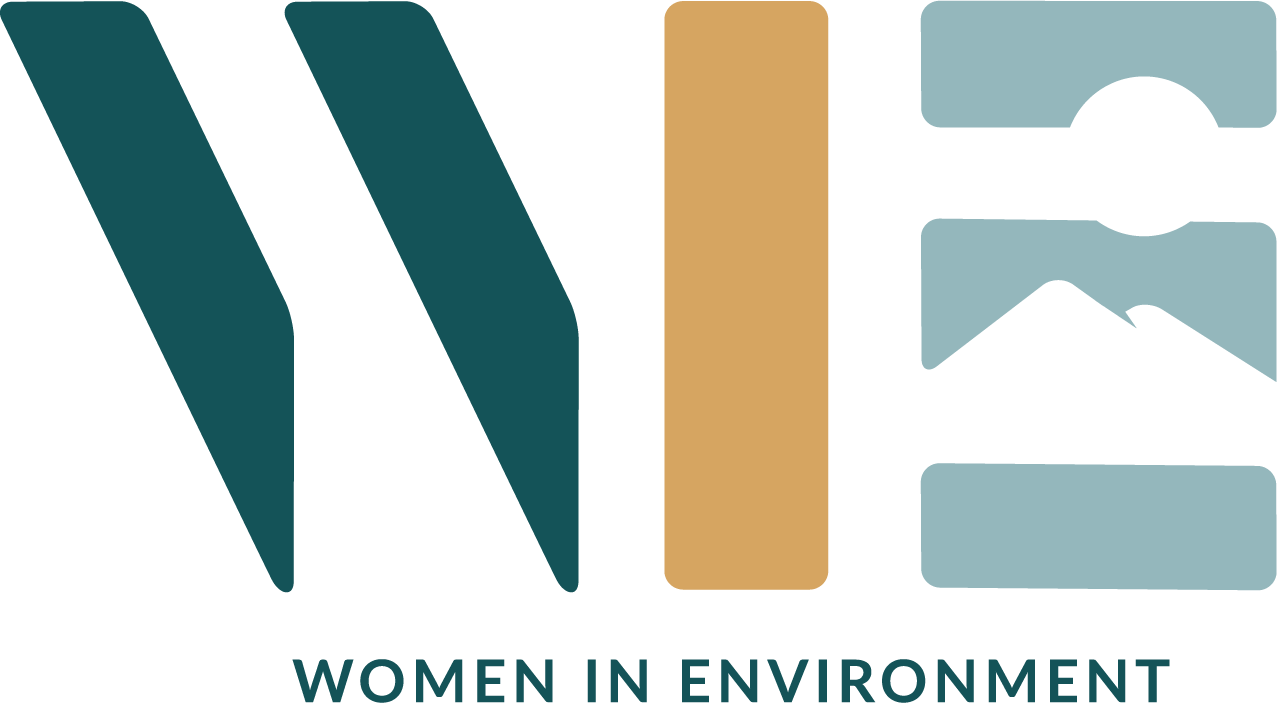Representation Matters
It all begins withTrending last month was a photo of Kristen Wiig at the premiere of the Ghostbusters movie. What made the photograph so compelling was not the talented actress but rather the beaming faces of her fans. Specifically, two young girls decked out in the movie’s signature canvas jumpsuits. “This Ghostbusters premiere photo shows why representation matters,” declared a BuzzFeed post. Indeed, enthusiasm over that photo seems to be rooted in feminism. Facebook and Twitter users praised Hollywood for finally producing movies with strong female protagonists. The impact of the movie was nearly instant. As seen in the photo, young girls were quick to admire the power and autonomy demonstrated by Wiig in the action-packed adventure movie. The young fans seemed eager to mimic a stronger persona than the mainstream helpless princess.
Why in the world am I talking about a Ghostbusters movie in a blog written for a women’s professional group? I bring up the movie premiere photo because representation does matter, not just in Hollywood, but also (especially) in the workplace. However, in the science, technology, engineering, and math (STEM) industries, women are being underrepresented. The disparity is significant; women make up less than 30% if the workforce in STEM industries. The gender disparity is even greater for C-suite positions (i.e. CEO, CFO, COO, etc.). Similarly, women make up just a third of legal professionals in the United States. In private law firms, less than 22% of partners are women. If seeing is believing then how can we expect women to feel empowered to become the next environmental leaders with the gender gap?
"Women make up less than 30% if the workforce in STEM industries...[and] just a third of legal professionals"
Here is the kicker - The Journal of Psychological Science found that the root cause of the gender gap in STEM industries is the lack of female role models. A role model allows women starting out in the field to aspire to C-suite positions. Furthermore, female executives demonstrate the skills and personality traits needed to become a successful leader. For women working at companies where every C-Suite member has a Y chromosome, such attributes can be an enigma.
Representation can be tackled at an institutional level but organizations in the environmental field need to make diversity in their leadership structure a priority. This may mean different things for different organizations. Diversity strategies include updating hiring policies to ensure more women are joining the organization and ensuring women are included in training opportunities. For all organizations, any existing discriminatory attitudes towards female executives need to end. Bottom line is that C-Suites membership needs to include men AND women. “Should we really change company policies in the name of ethics?” you ask, “we are trying to make a profit after all...” Short answer: yes. Longer answer: yes AND practices to elevate women into leadership positions are not only ethical but also improve the bottom line. A global survey of 22,000 companies conducted by the Peterson Institute for International Economics found that companies that went from having no women in C-suite positions to having women make up 30% of C-suite positions increased their profitability by an average of 15%.
Companies that went from having no women in C-suite positions to having women make up 30% of C-suite positions increased their profitability by an average of 15%.
Feel like you would rather watch paint dry than wait for any instructional changes on diversity? Stay away from those paint VOCs (we are environmentally conscious too, after all) because you do not have to wait. The issue of representation can also be tackled at the group and individual level. Empower your female co-workers by complementing their leadership skills and help that friend you met at the last WIE event to proof-read her resume. Also, an excellent way to promote female empowerment in this industry is via mentorships. WIE has developed a mentorship program that connects senior female environmental professionals with women starting out in the field. If you are interested in being a mentor or a mentee, check out the mentoring section on the services page.
